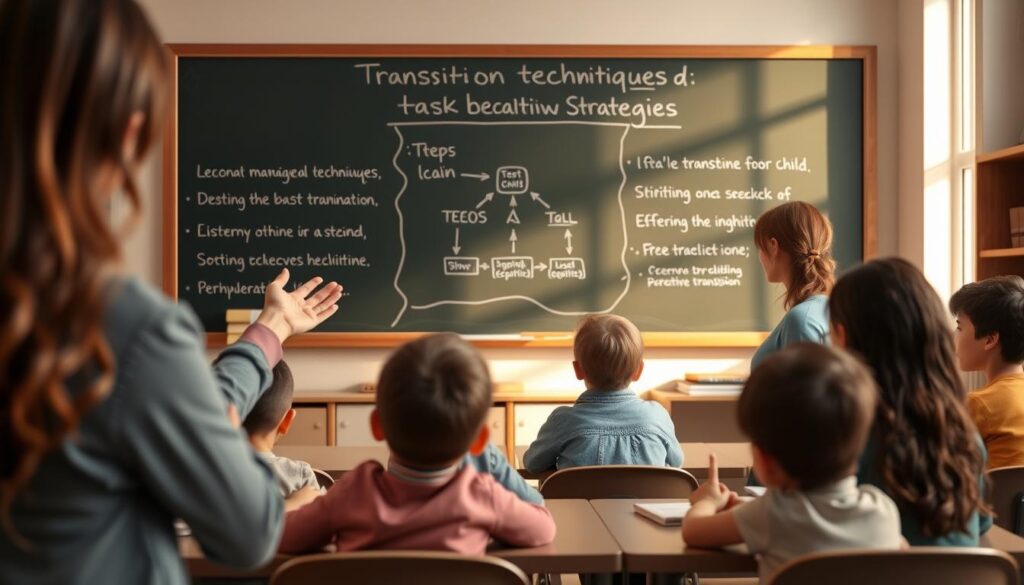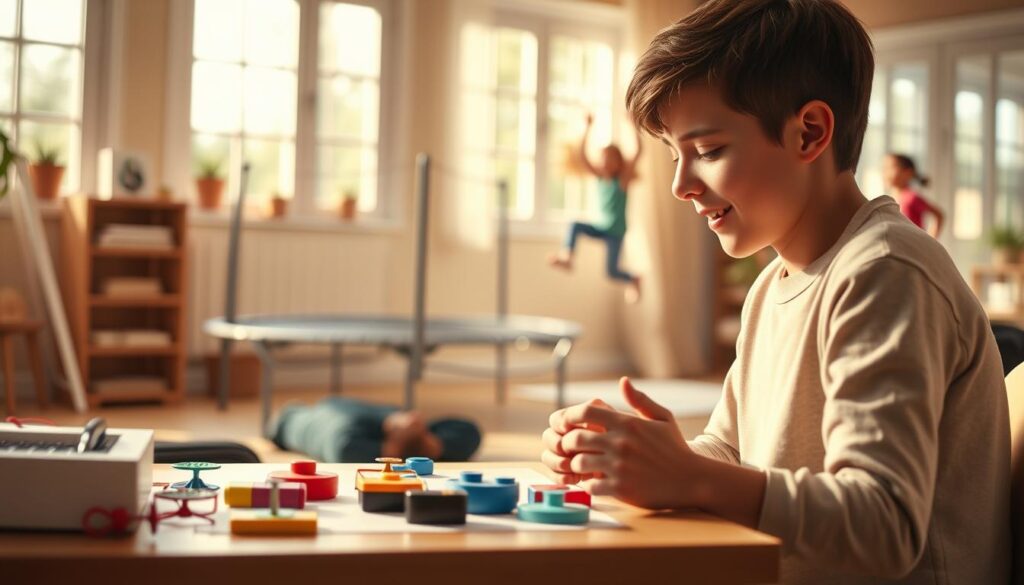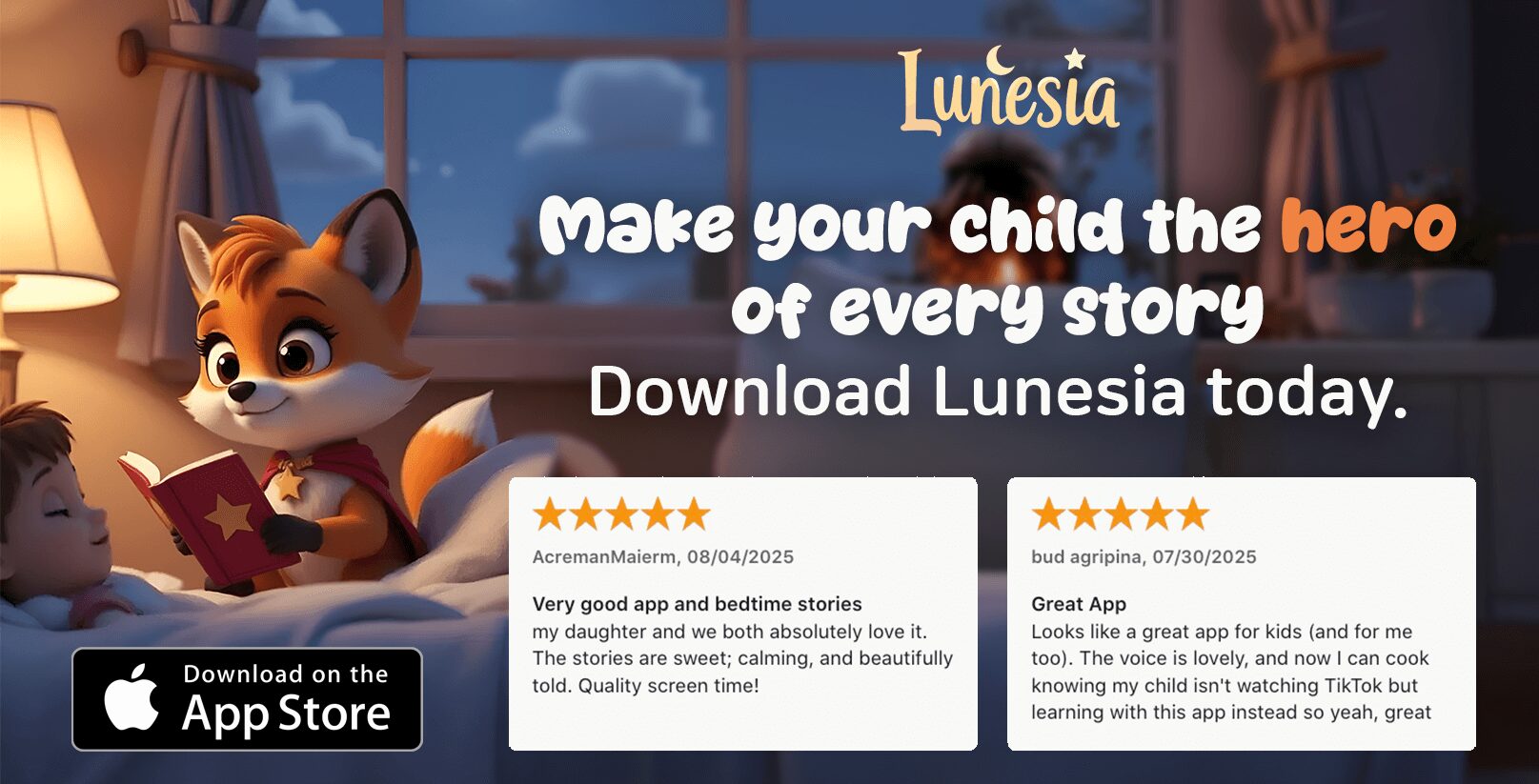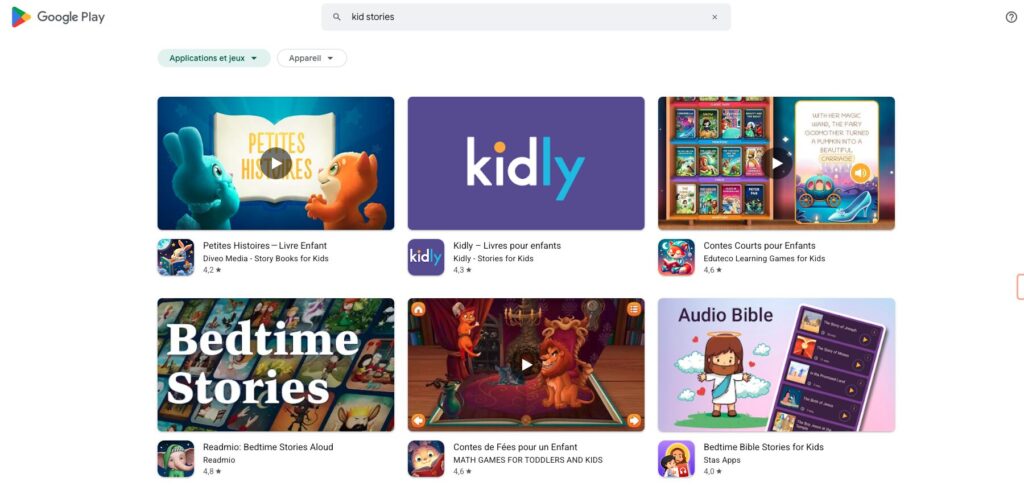Are you tired of feeling overwhelmed by the constant energy and impulsive behavior of your child? You’re not alone. Many parents struggle to balance their work and personal life while managing a household that feels like a whirlwind. Imagine juggling virtual meetings while your little one is bouncing off the walls—literally. It’s exhausting, but there’s hope.
Understanding the root causes of these behaviors is the first step toward creating a calmer home environment. According to experts like Rachel Slick, hyperactive and impulsive behaviors are often symptoms of ADHD, a common neurodevelopmental disorder. These symptoms can make everyday tasks feel like battles, from homework to bedtime routines.
But here’s the good news: there are proven strategies to help your child thrive. In this article, we’ll explore expert-approved methods to manage impulsivity and improve focus. You’ll learn how to create structured routines, modify your home environment, and implement practical solutions that bring peace back to your family life.
By the end of this guide, you’ll have actionable strategies to help your child succeed. Let’s take the first step together toward a more balanced and loving home.
– Expert strategies can bring calm to an active household.
– Structured routines and environmental modifications are key.
– Practical solutions can improve focus and reduce impulsivity.
Understanding Hyperactive Behavior in Children
As a parent, it’s natural to wonder whether your child‘s energetic behavior is typical or a sign of something more. Hyperactivity, characterized by excessive movement and impulsive actions, can sometimes be mistaken for mere high energy. However, understanding the differences is crucial for providing the right support.
Defining Hyperactivity in Children
Hyperactivity is often marked by frequent movement, difficulty staying still, and impulsive actions. According to Rachel Slick, a leading expert in behavioral development, hyperactivity can manifest as fidgeting, running in inappropriate settings, or interrupting others. These behaviors are not just about being lively—they can signal a need for closer attention.
Normal Development vs. Concerning Signs
Every child has bursts of energy, especially during play. However, when this energy becomes persistent and disruptive, it may indicate a deeper issue. In school settings, comparing your child‘s behavior to peers can provide insights. If their actions consistently stand out as more disruptive, it could be a sign that professional guidance is needed.
It’s important to remember that not all high energy levels are disordered. While ADHD is a common cause of hyperactivity, many children simply have active personalities. The key is to observe whether these behaviors interfere with daily life and relationships.
By understanding these differences, parents can take the first steps toward supporting their child effectively, whether through lifestyle adjustments or seeking professional help. Remember, you’re not alone in this journey.
Recognizing Signs of a Hyperactive Child
Identifying whether your child‘s energy levels are typical or a sign of something more can be challenging. Every child has bursts of energy, but when it starts to interfere with daily life, it’s worth a closer look.
One of the first things you might notice is constant fidgeting or an inability to stay seated, even when it’s expected. This isn’t just about being restless—it can be a sign of something deeper. In school settings, teachers often notice these behaviors, as they can disrupt the classroom environment.

Other signs include interrupting conversations frequently or blurting out answers before questions are finished. These actions aren’t just about being excited; they can indicate impulsivity. Simple tasks like completing homework or staying focused during meals become challenging, showing a possible deficit in attention.
Leaving their seat in class or moving quickly between activities without finishing them are red flags. If these behaviors persist across different settings, like home and school, it may be time to seek professional guidance for a proper diagnosis.
Remember, you’re not alone in this journey. Many parents face similar challenges, and with the right support, your child can thrive.
Expert-Approved Strategies for Managing Impulsivity
Managing impulsivity in a lively household can feel like a daily challenge, but with the right tools, your family can find balance and harmony. Let’s explore two powerful strategies that experts recommend to help your little ones thrive.
Implementing Consistent Routines at Home
Consistent routines are like a warm hug for your family’s daily life. They create a sense of security and predictability, which can greatly reduce impulsive behavior. Start by setting clear bedtimes, creating designated workspaces, and scheduling regular movement breaks. For example, a structured bedtime routine might include a calming activity like reading, followed by a set sleep time. This not only helps your little one wind down but also signals that it’s time to rest.
According to Rachel Slick, a leading expert in behavioral development, children thrive when they know what to expect. By building these routines, you’re giving them a roadmap for their day, which can make transitions smoother and reduce impulsive outbursts.
Positive Reinforcement and Token Economies
Positive reinforcement is a game-changer for encouraging good behavior. Token economies, like sticker systems, can motivate your little one to stay on track. For instance, you might create a simple chart where your child earns a sticker for completing tasks or demonstrating self-control. Once they’ve collected a certain number of stickers, they can trade them in for a reward, like extra playtime or a special treat.
It’s important to collaborate with your child to establish clear rules and consequences. This shared process helps them feel more in control and invested in their success. Specific praise is also key—instead of saying “Great job!” try something like, “I really like how you waited your turn during the game. That shows a lot of patience!”
| Strategy | Example | Benefit |
|---|---|---|
| Consistent Bedtimes | Set a calming pre-sleep routine | Reduces nighttime struggles and improves focus |
| Token Systems | Earn stickers for completed tasks | Increases motivation and positive behavior |
| Movement Breaks | Short, scheduled playtimes | Helps regulate energy and attention |
By combining these strategies, you’re creating a nurturing environment that supports your child’s growth. Remember, it’s all about taking small, consistent steps together. With patience and persistence, you can help your child develop the skills they need to succeed.
Creating an Environment That Supports Focus and Attention
Creating a supportive environment at home can make a big difference in helping your little ones stay focused. A well-organized space not only reduces inattention but also promotes better mental health and overall well-being.
Start by setting up a dedicated area for homework and quiet activities. This space should be free from distractions like clutter and excessive screen time. Consider using visual schedules and checklists to help your child stay on track. These tools can provide a sense of structure and make tasks feel more manageable.
A calming atmosphere is essential for focus. Incorporate soft lighting, neutral colors, and minimal noise to create a peaceful environment. These small adjustments can significantly impact your child’s ability to concentrate and reduce feelings of being easily distracted.
| Environmental Adjustments | Benefits | Examples |
|---|---|---|
| Dedicated Study Area | Reduces inattention and improves focus | A quiet corner with a desk and good lighting |
| Scheduled Breaks | Helps regulate energy and maintain attention | Short, timed play breaks between tasks |
| Minimized Screen Time | Decreases distractions and promotes calm | Setting screen-free zones in the home |
By making these simple changes, you can create a home environment that supports your child’s mental health and helps them stay focused. Remember, small steps can lead to big changes!
Transition Techniques and Task Breakdown
Transitioning between activities can be a daily challenge, but with the right strategies, your family can find balance and harmony. Smooth transitions help reduce frustration and anxiety, especially for children who may struggle with hyperactivity disorder. Let’s explore two effective techniques to make this process easier.
Using Timers and Visual Aids
A timer is a simple yet powerful tool for signaling transitions. It gives your little one a clear countdown, helping them prepare mentally. For example, a 10-minute warning before leaving the house allows them to wrap up their current activity. Visual aids like checklists can also break down tasks into manageable steps, making them feel less overwhelming. Imagine helping your child get ready for school by following a visual schedule—each step becomes a small, achievable goal.
Breaking Tasks into Manageable Steps
Large tasks can feel daunting, but breaking them down makes them easier to handle. For instance, instead of saying “clean your room,” try smaller steps like picking up toys, making the bed, and dusting. This approach builds independence and responsibility. The 5 Senses Grounding Technique is another great tool—it helps reorient focus by engaging the senses, which can be especially helpful during transitions.
| Strategy | Benefit | Example |
|---|---|---|
| Timers | Provides a clear countdown for transitions | 10-minute warning before leaving home |
| Visual Aids | Breaks tasks into manageable steps | Visual schedule for morning routines |
| Task Breakdown | Reduces overwhelm by simplifying tasks | Dividing room cleaning into smaller steps |
By introducing these techniques gradually and consistently, you can help your child navigate transitions with ease. Remember, every small success is a step toward bigger achievements. Be patient, and celebrate each victory along the way!

Collaborating With Educators and Healthcare Providers
As a parent, advocating for your little one’s well-being is a journey that doesn’t have to be walked alone. Collaborating with educators and healthcare providers can be a game-changer in managing impulsivity and improving focus. It’s about creating a team that works hand in hand to support your child’s unique needs.
Open communication is the first step. Share your observations with teachers and specialists, providing specific examples of behaviors you’ve noticed. This helps them understand your child’s challenges and strengths. For instance, you might mention how your child struggles with staying on task during homework or has difficulty waiting their turn in group activities.
Professional evaluations are another crucial piece of the puzzle. Healthcare providers can assess whether your child’s behavior is related to ADHD or another condition. They’ll also help determine if further intervention, like therapy or medication, is needed. Don’t hesitate to ask focused questions during these meetings, such as:
- “What are the next steps if my child is diagnosed with ADHD?”
- “How can we work together to create a consistent routine at home and school?”
Building a support system that includes educators, healthcare providers, and other caregivers is essential. This collaborative approach ensures everyone is on the same page, working toward the same goals. Remember, seeking help is a sign of strength, not a weakness. By taking these steps, you’re giving your child the best chance to thrive.
Balancing Screen Time and Physical Activity
Finding the right balance between screen time and physical activity can be a game-changer for your family. Excessive screen time can lead to overstimulation, making it harder for your child to focus and increasing restlessness. This is especially true for children with attention deficit disorder, where too much screen time can worsen symptoms like inattention and impulsivity.
Setting clear guidelines for technology use is essential. For instance, you might limit screen time to specific hours and create screen-free zones, like the dinner table or bedrooms. This helps reduce distractions and promotes more engaging family interactions. According to the American Academy of Pediatrics, children with ADHD benefit from shorter, consistent periods of screen-based activities rather than lengthy sessions.
| Activity Type | Recommended Duration | Benefits |
|---|---|---|
| Dedicated Exercise Time | At least 60 minutes daily | Improves focus, reduces impulsivity |
| Screen-Free Moments | Mealtimes and 1 hour before bed | Enhances communication, better sleep |
Encourage physical games and outdoor play to redirect energy positively. Activities like tag, cycling, or dancing not only burn energy but also improve coordination and mood. Research shows that physical movement helps regulate attention and reduce symptoms of ADHD, making it a vital part of daily routines.
By designing a schedule that includes both screen time and physical activity, you create a balanced routine that supports cognitive and motor development. Remember, small steps today can lead to big changes tomorrow!
Parental Self-Care and Community Support
Caring for a child with attention deficit can be incredibly challenging, leaving many parents feeling drained. It’s easy to forget your own needs, but self-care is essential to sustain your energy and patience. By prioritizing your well-being, you create a stronger foundation to help your child thrive.
Start small. Even a 10-minute walk or a quiet moment with a cup of coffee can make a difference. Mindfulness practices, like deep breathing or meditation, can help you stay centered. Don’t overlook the power of sharing responsibilities—whether it’s with a partner, family member, or friend, having support can lighten the load.
Building a Robust Support Network
Connecting with others who understand your journey can be a lifeline. Local support groups, like CHADD meetings, offer valuable resources and camaraderie. Professional guidance from therapists or counselors can also provide tailored strategies to manage stress and improve your child’s outcomes.
| Strategy | Example | Benefit |
|---|---|---|
| Regular Exercise | Daily walks or yoga sessions | Reduces stress and boosts mood |
| Healthy Eating | Balanced meals with fresh vegetables | Improves energy levels and focus |
| Mindfulness Practices | Morning meditation | Enhances mental clarity and calmness |
Remember, taking care of yourself isn’t selfish—it’s necessary. By nurturing your own well-being, you’re better equipped to support your child’s growth and help them navigate their challenges with confidence.
Conclusion
As you navigate the journey of supporting your little one, remember that you’re not alone. Many parents face similar challenges, and with the right strategies, your family can find balance and harmony. The strategies we’ve explored—consistent routines, structured transitions, and collaboration with professionals—can make a significant difference in managing impulsivity and improving focus.
While the difficulty of these challenges is real, it’s important to remember that effective treatment and support are available. Whether through lifestyle adjustments or professional guidance, there are many ways to help your child thrive. Don’t hesitate to reach out to a provider for personalized advice and support.
Lastly, don’t forget to prioritize your own well-being. By taking care of yourself, you create a stronger foundation to support your child. Remember, every small step you take today can lead to big changes tomorrow. With patience, persistence, and the right support, you can help your child grow into a confident and capable individual.
FAQ
What are the common symptoms of ADHD in children?
Common symptoms include inattention, easily distracted, and trouble staying focused on tasks. Children with ADHD may also exhibit hyperactivity, such as constant movement or fidgeting, and impulsive behaviors, like interrupting others or acting without thinking.
How is ADHD diagnosed in children?
Diagnosis involves a comprehensive evaluation by a healthcare provider, including behavioral assessments, interviews with parents and teachers, and observing the child’s behavior. It’s important to rule out other conditions that may mimic ADHD symptoms.
Can ADHD be managed without medication?
Yes, many children with ADHD benefit from behavioral therapy, structured routines, and positive reinforcement. Lifestyle changes, such as regular physical activity and a balanced diet, can also help manage symptoms effectively.
How can I help my child with ADHD focus during homework?
Create a quiet, distraction-free workspace and break tasks into smaller, manageable steps. Use tools like timers or visual schedules to help your child stay on track. Praise their efforts to encourage motivation and persistence.
What role do parents play in managing ADHD?
Parents are key in providing consistent routines, clear expectations, and emotional support. By working closely with teachers and healthcare providers, you can create a coordinated plan to help your child thrive at home and in school.
Are there specific activities that can help children with ADHD?
Yes! Physical activities like sports or dance can help burn off excess energy. Mindful activities, such as puzzles or art, can improve focus. Structured games that require attention and rules can also be beneficial.
How can I explain ADHD to my child?
Use simple, reassuring language to explain that ADHD is a brain difference that affects focus and behavior. Emphasize that it’s not their fault and that there are strategies to help them succeed. This can help them feel understood and empowered.
What should I do if I suspect my child has ADHD?
Start by discussing your concerns with your child’s teacher or pediatrician. They can guide you through the next steps, which may include a referral to a specialist for a thorough evaluation and diagnosis.
Can ADHD affect a child’s performance in school?
Yes, ADHD can impact a child’s ability to complete assignments, follow instructions, and participate in class. Collaborating with teachers to develop an Individualized Education Program (IEP) or 504 Plan can help address these challenges.
How can I balance my child’s screen time with physical activity?
Set clear limits on screen time and encourage outdoor play or sports. Incorporate movement breaks during homework or chores to help your child stay active and focused throughout the day.
What resources are available for parents of children with ADHD?
There are many resources, including support groups, online communities, and books on ADHD management. Your child’s healthcare provider can also recommend local services and specialists to help your family navigate this journey.




